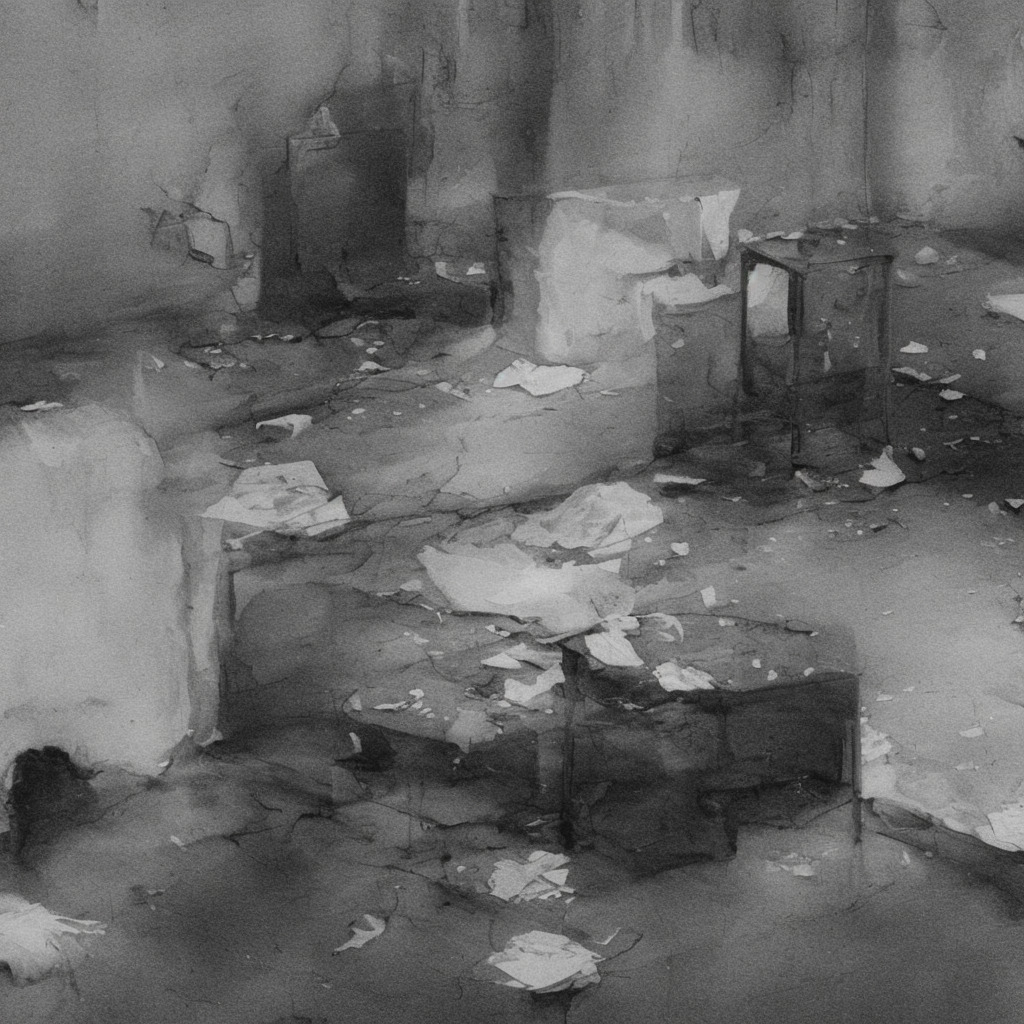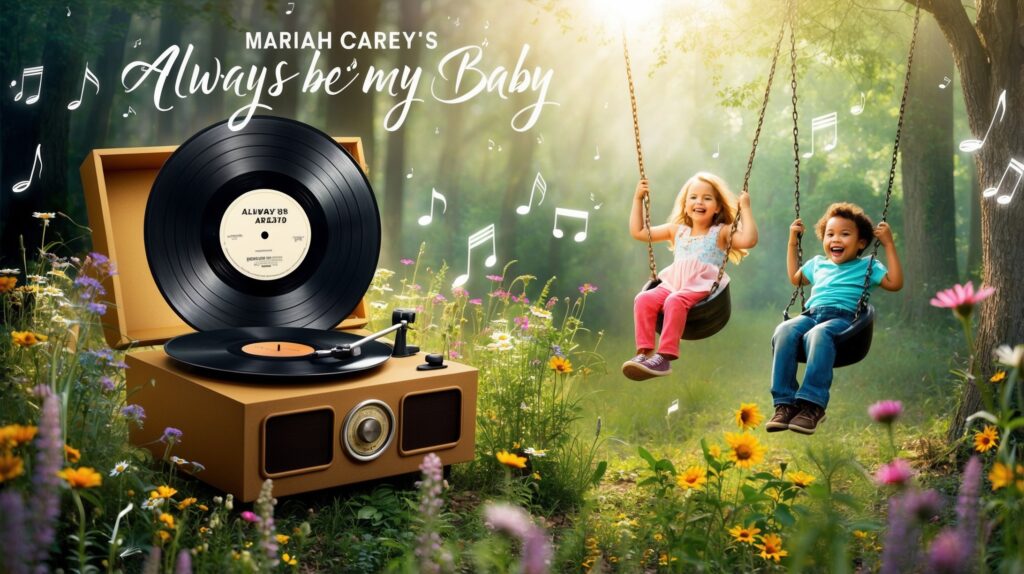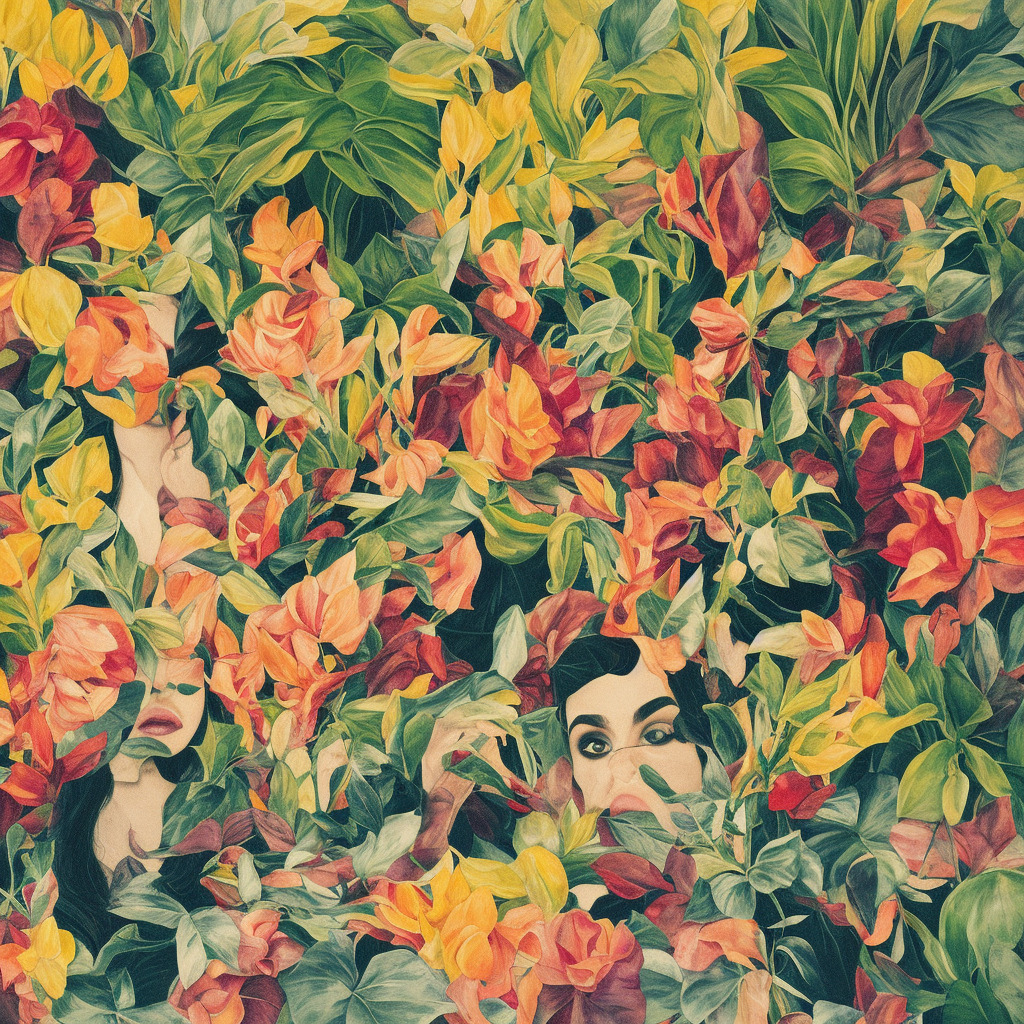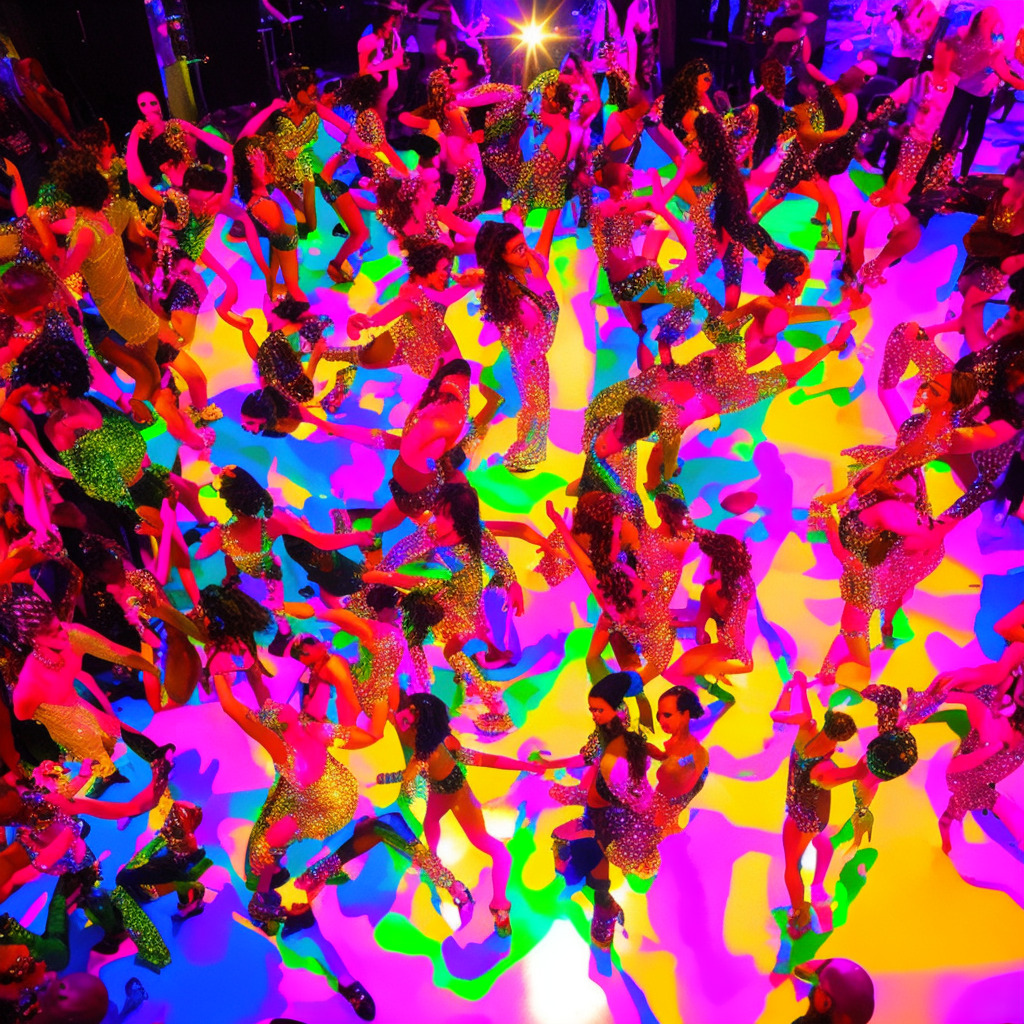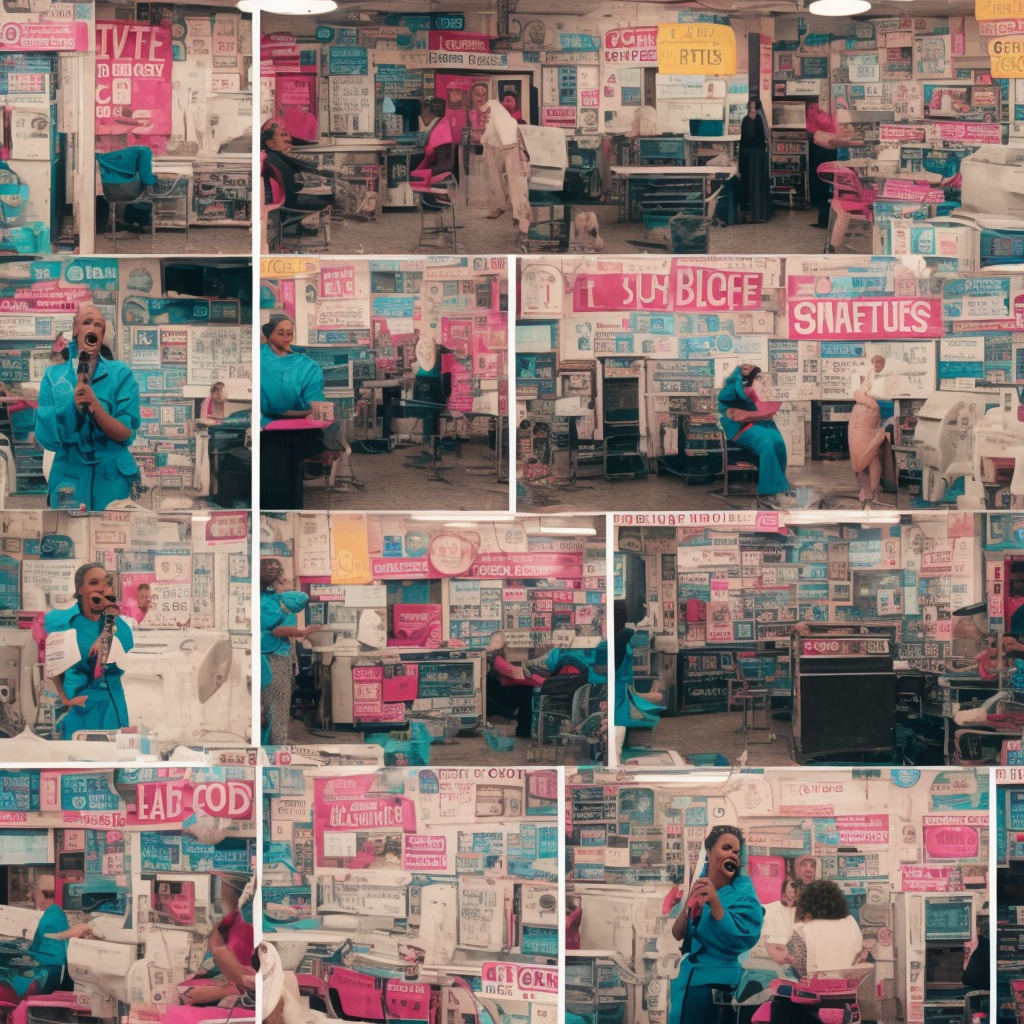🎶 Did you know #JhenéAiko wrote “The Worst” in just 25 mins? 💥 This heartbreak anthem still hits home 8 years later! 🖤 Relatable queen 👑 #NowPlaying #TheWorst #FunFact Read about it: tinyurl.com/yck4v2mf
Exploring the Depths of Jhené Aiko’s Artistry
Dive into Jhené Aiko’s soulful journey, as we unearth her ever-evolving artistry, hypnotic melodies, and powerful collaborations that have left an indelible mark on the modern R&B landscape.
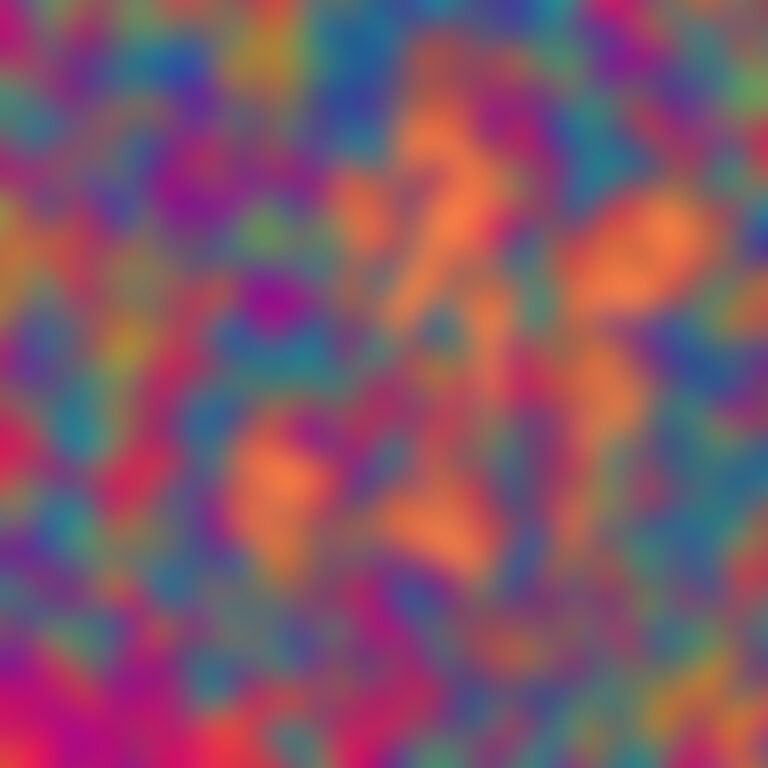
Jhené Aiko, a singer-songwriter and poet from Los Angeles, has been enchanting audiences with her ethereal voice and introspective lyrics for nearly two decades. Born Jhené Aiko Efuru Chilombo on March 16, 1988, she initially gained mainstream attention in the early 2000s through her association with the R&B group B2K. However, it wasn’t until her 2011 mixtape, “Sailing Soul(s),” that her solo career truly began to take flight.
Throughout her career, Aiko has consistently evolved as an artist, experimenting with diverse musical influences and styles. One of her most notable and powerful tracks, “The Worst,” exemplifies her ability to blend raw emotion with a catchy, hypnotic melody. Released as part of her debut EP, “Sail Out” in 2013, the song delves into the complexities of a toxic relationship and the turmoil one experiences when letting go of someone they love.
“The Worst” showcases Aiko’s talent as a lyricist, drawing from her own experiences and emotions to create a deeply personal and relatable ballad. The song’s moody, atmospheric production, courtesy of Fisticuffs, complements Aiko’s haunting vocals perfectly, resulting in an unforgettable listening experience. The track’s success led it to peak at number 43 on the Billboard Hot R&B/Hip-Hop Songs chart and even earned her a BET Award nomination for Best Female R&B/Pop Artist in 2014.
While Jhené Aiko’s achievements in the music industry are undeniable, one could argue that her work has occasionally suffered from a lack of sonic diversity. Some critics feel that her preference for minimalist, downtempo production can lead to a monotonous listening experience throughout the entirety of an album. However, others applaud her commitment to a cohesive sound and the emotional vulnerability she demonstrates in her music.
In addition to her solo work, Aiko has been recognized for her successful collaborations with other artists, such as Big Sean, Drake, and Childish Gambino. Her strong presence within the R&B and hip-hop communities has led to three Grammy Award nominations, further solidifying her status as a talented and influential artist in today’s music landscape.
Despite any criticisms, there’s no denying that Jhené Aiko’s unique artistic vision and undeniable talent have made her a standout figure in modern R&B. As she continues to grow and evolve as an artist, we can only anticipate the powerful, emotive work she will undoubtedly continue to produce.
Charting the Journey of a Heartbreak Anthem
Jhené Aiko’s heartbreak anthem, “The Worst,” captivated listeners with its raw vulnerability, topping charts and earning Grammy nods while amassing over 100 million YouTube views.

“The Worst” by Jhené Aiko was released on October 14, 2013 and quickly gained traction as a deeply emotional and vulnerable track. This raw and honest song about heartbreak and failed relationships certainly resonated with many, leading it to become one of Jhené Aiko’s most iconic songs.
Initially, “The Worst” entered the US Billboard Hot 100 at number 98. However, it didn’t take long for the song to climb the charts, ultimately reaching its peak position at number 43. This impressive climb showcased the strong connection that audiences had with the song’s relatable lyrics and Aiko’s emotive delivery.
Moreover, “The Worst” also had considerable success on other charts. It reached number 11 on the US Hot R&B/Hip-Hop Songs chart and held the top position on the US R&B Songs chart for a week. The song’s success didn’t go unnoticed, as it received a nomination for Best Urban Contemporary Album at the 57th Annual Grammy Awards.
In addition to its chart performance, “The Worst” garnered praise for its music video, which was released on November 11, 2013. The video, directed by Danny Williams, perfectly encapsulates the raw emotion expressed in the song and has amassed over 100 million views on YouTube to date.
Overall, while “The Worst” may not have reached the top spot on mainstream charts, its impact and lasting resonance with listeners are undeniable. Its chart journey and continued popularity serve as a testament to the power of vulnerability in music and Jhené Aiko’s ability to connect with her audience on a deeply emotional level.
Dissecting the Deep Lyrics
Throughout the years, Jhené Aiko has continued to captivate her audience with her powerful lyrics, and her song “The Worst” is no exception. To fully appreciate the impact of this song, let’s first take a look at the lyrics themselves:
But you ain’t shit
And you weren’t special
Till I made you so
You better act like you know
That I been through worse than you
I just can’t keep runnin’ away
But I don’t need you
I don’t need you
I don’t need you
I don’t need you
But I want you
I don’t mean to
I don’t mean to
I don’t mean to
I don’t mean to
But I love you
The lyrics of “The Worst” delve into the complexities of a toxic relationship, with Aiko addressing a former lover and asserting her independence. The raw emotions expressed in the lyrics connect with the listener, allowing us to feel a sense of empathy and understanding for her experience. The song has a timeless quality to it, resonating with people in various stages of their lives and relationships.
The era in which “The Worst” was written (2013) was marked by a growing awareness of the importance of self-love and mental health. As conversations surrounding the same grew more mainstream, Aiko’s lyrics exemplify the struggle many people faced in balancing their own well-being with the desire for companionship. This song captures the spirit of the time, as people navigated their personal relationships and searched for a sense of autonomy in the face of adversity.
Ultimately, “The Worst” remains relevant today, as its powerful lyrics and emotional depth continue to resonate with listeners. As a testament to Jhené Aiko’s talent as a songwriter, this song will likely remain a fan favorite for years to come.
Visual Poetry: The Music Video for “The Worst”
“Visual Poetry in Motion: Jhené Aiko’s ‘The Worst’ music video captivates with its raw emotion, gripping narrative, and stunning artistry, showcasing director Danny Williams’ storytelling prowess.”
The music video for Jhené Aiko’s “The Worst” was released on November 11, 2013, and is a testament to the visual storytelling abilities of director Danny Williams. With his keen eye for detail and creative vision, Williams manages to translate the complexity of emotions and themes present in Aiko’s song into a captivating piece of visual art that keeps viewers engaged till the very end.
One of the most striking aspects of the video is the color palette employed throughout. The video features a monochromatic color scheme that gives the visual a sense of intimacy and rawness, which serves to reinforce the vulnerability expressed in the lyrics. The use of deep reds, blues, and other subtle hues creates an atmosphere that is at once moody and captivating, keeping viewers hooked from start to finish.
The narrative of the music video is a blend of crime drama and introspection. In the video, Aiko plays the role of a woman who has just committed a murder, presenting a stark contrast to her usual gentle and soulful persona. The video oscillates between scenes of Aiko reflecting on her actions and the aftermath of the crime, providing viewers with a gripping storyline that complements the song’s emotional intensity.
Danny Williams’ directing prowess is on full display in the way he masterfully weaves together the multiple narrative threads of the music video. The seamless transitions between scenes and the skillful use of visual effects, such as the striking freeze frames, create a sense of continuity and cohesion that lends the video an air of cinematic sophistication.
In terms of production, the video boasts high-quality cinematography and a meticulous attention to detail that befits the song’s introspective tone. The use of close-ups and unconventional camera angles allows for a more intimate connection with Aiko, drawing viewers into her world and making the emotions she conveys all the more impactful.
Despite its impressive production values, the music video for “The Worst” is rumored to have been made on a modest budget, which is a testament to the resourcefulness and creativity of the team behind the project. This just goes to show that when it comes to creating art that resonates with audiences, it’s not always about the money, but rather the passion and dedication of those involved.
In conclusion, the music video for Jhené Aiko’s “The Worst” is a masterclass in visual storytelling, perfectly complementing the emotional depth of the song with a gripping narrative and stunning visuals. Danny Williams’ direction, combined with Aiko’s powerful performance, make this music video a must-watch for fans and newcomers alike.
The Mastermind Behind “The Worst”
Diving deeper into the creation of “The Worst,” we find the prominent composer and producer, Brian Warfield. As one half of the Los Angeles-based production duo, Fisticuffs, he has been an instrumental force behind numerous hits in the contemporary R&B scene. Brian Warfield and Julian-Quán Việt Lê, the other half of Fisticuffs, have been long-term collaborators with Jhené Aiko, including the sultry and introspective track “Comfort Inn Ending (Freestyle)” from her debut EP, “Sail Out.” They also helped shape the sound of Aiko’s critically acclaimed album, “Souled Out.” Warfield’s ability to blend lush melodies with raw emotion has contributed greatly to the evocative and introspective sound that Jhené Aiko is known for today. In addition to Aiko’s work, Warfield has lent his composing and producing talents to other notable artists such as Miguel, for his Grammy-nominated song “How Many Drinks?”, as well as Mac Miller and Marsha Ambrosius. With each new project, Brian Warfield continues to demonstrate his ever-evolving musical prowess and keen ear for creating impactful, emotion-driven songs.
Awards, Accolades, and Appearances
Jhené Aiko’s “The Worst” – a timeless anthem of love and heartbreak with a legacy of accolades, TV features, and inspiring covers, showcasing the power of music to resonate deeply with listeners.
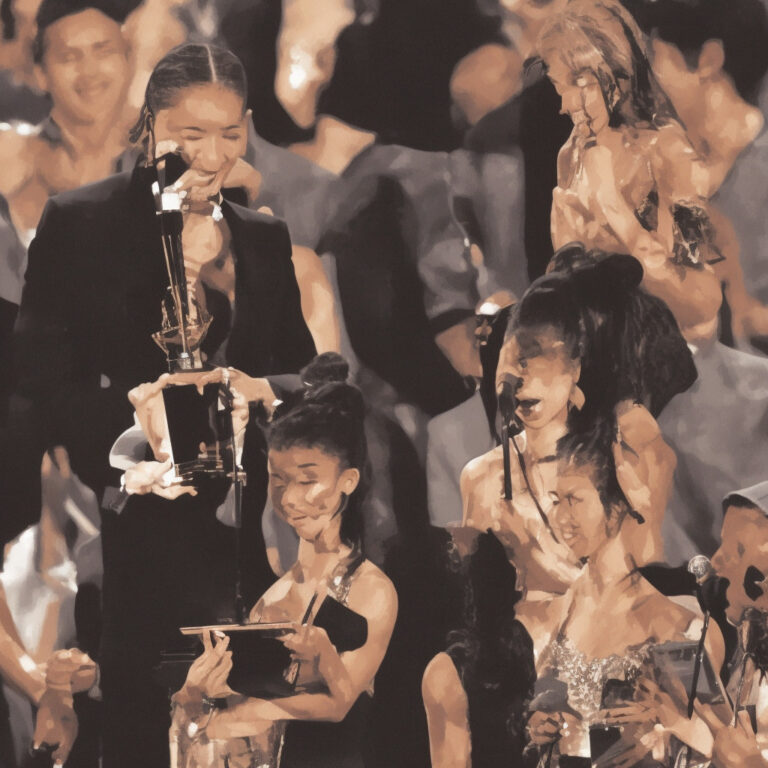
“The Worst” by Jhené Aiko, released in 2013 as part of her debut EP ‘Sail Out,’ has garnered significant recognition and accolades throughout the years. The song was nominated for Best Urban Contemporary Album at the 57th Annual Grammy Awards, and it won the Centric Award at the 2014 BET Awards. The track’s success propelled Aiko to stardom, and it is still celebrated today as a powerful anthem about love, heartbreak, and vulnerability.
Not only has “The Worst” achieved critical acclaim, but it has also made its way into various forms of media. The song was featured in a 2014 episode of the popular TV show “Love & Hip Hop: Hollywood” as well as in an episode of “Black Ink Crew” in the same year. The emotional and raw nature of the song has resonated with audiences and has cemented its place in pop culture.
Furthermore, the impact of “The Worst” extends beyond its original release, as it has inspired numerous artists to create their own covers and interpretations of the song. Most notably, YouTube sensation and singer-songwriter Andie Case delivered a heartfelt rendition of the track, which has amassed over 1.5 million views since its upload in 2014. Other artists, both established and up-and-coming, have taken to various platforms to perform their renditions, showcasing the universal appeal and lasting influence of “The Worst.”
In conclusion, Jhené Aiko’s “The Worst” has undoubtedly left a lasting mark in the music industry and pop culture, with its recognition in awards ceremonies, television appearances, and the ever-growing number of covers by aspiring artists. The song’s continued appreciation and influence serve as a testament to Aiko’s artistry and the power of music to connect with listeners on a deeply emotional level.
Breaking Down the Musical Anatomy
Diving into the musical structure of “The Worst,” we find that the song is written in the key of C minor, with a tempo of 75 beats per minute (BPM). This slow tempo and minor key effectively convey the somber mood and emotional depth of the lyrics, which revolve around a toxic relationship and the singer’s inability to let go.
The chord progression throughout the song remains relatively simple, with a repetitive cycle of Cm – Bb – Gm – Fm. This four-chord sequence creates a hypnotic and moody atmosphere that complements Jhené Aiko’s smooth vocal delivery. The simplicity of the chords also allows the focus to remain on the lyrics and emotions being conveyed, as well as the intricate nuances in Aiko’s vocal performance.
One striking aspect of “The Worst” is the use of syncopation in its rhythm. Syncopation is the technique of emphasizing offbeats, which gives the song a sense of movement and unpredictability. In this case, the syncopated rhythm is mainly carried by the piano and the drums, providing a solid foundation for Aiko’s voice to glide over effortlessly.
Another interesting element in the song is the inclusion of a sparse, yet effective, percussion section. The drums are minimalistic in nature, with a simple kick, snare, and hi-hat pattern that adds depth and groove to the track without overpowering the vocals. Additionally, there’s a subtle use of electronic elements, such as the synth bass and occasional vocal effects, which give the song a modern and slightly futuristic feel.
Overall, “The Worst” features a unique blend of musical elements that work together seamlessly to create an emotional and impactful listening experience. The choice of key, chord progression, tempo, and rhythmic techniques all contribute to the song’s distinct and captivating sound. While the lyrics and story may take center stage, it’s the combination of these musical components that ultimately makes this track a standout in Jhené Aiko’s discography.

